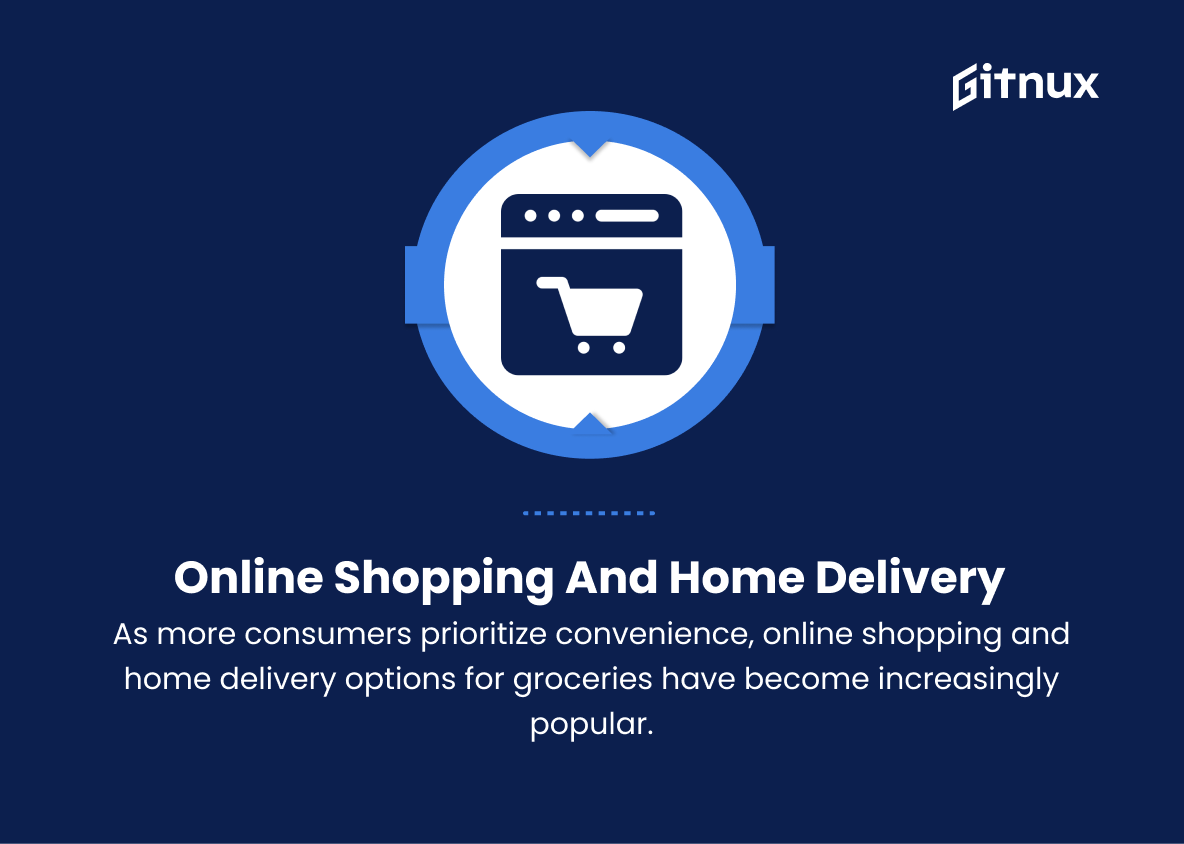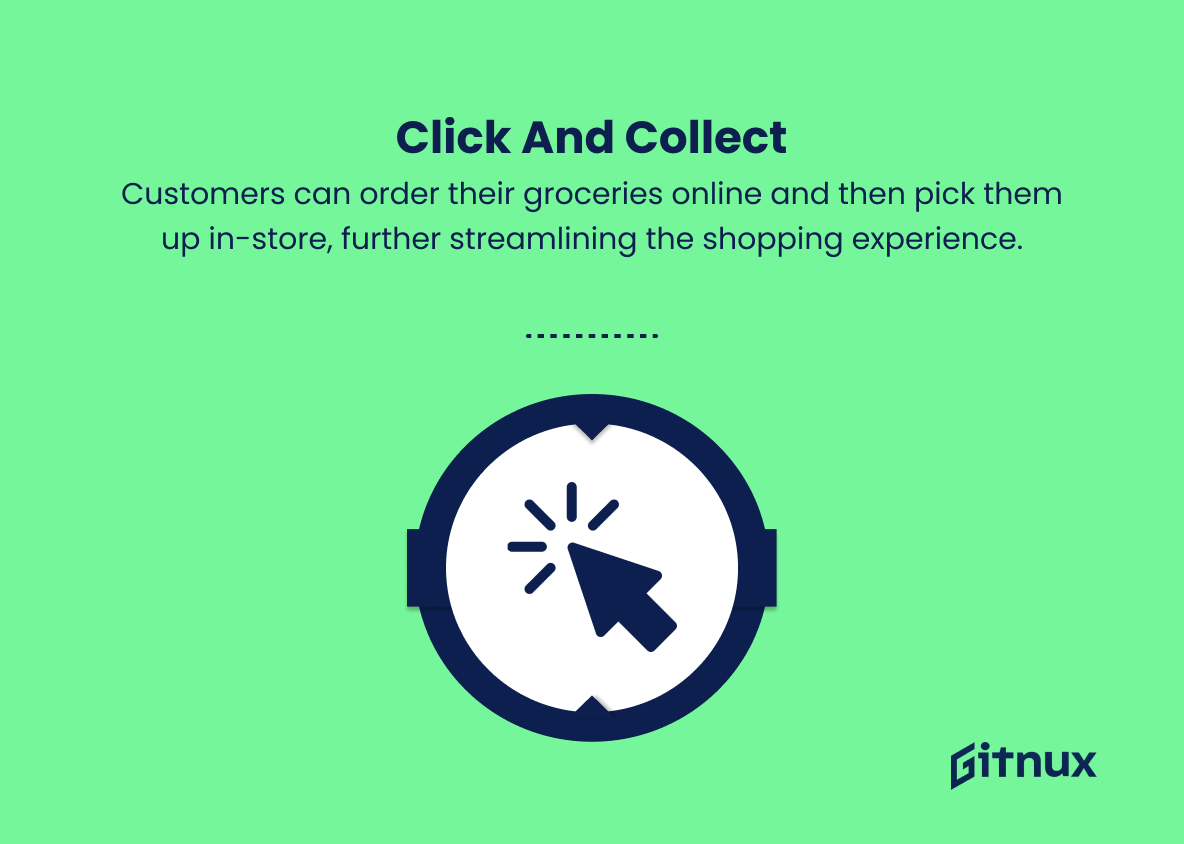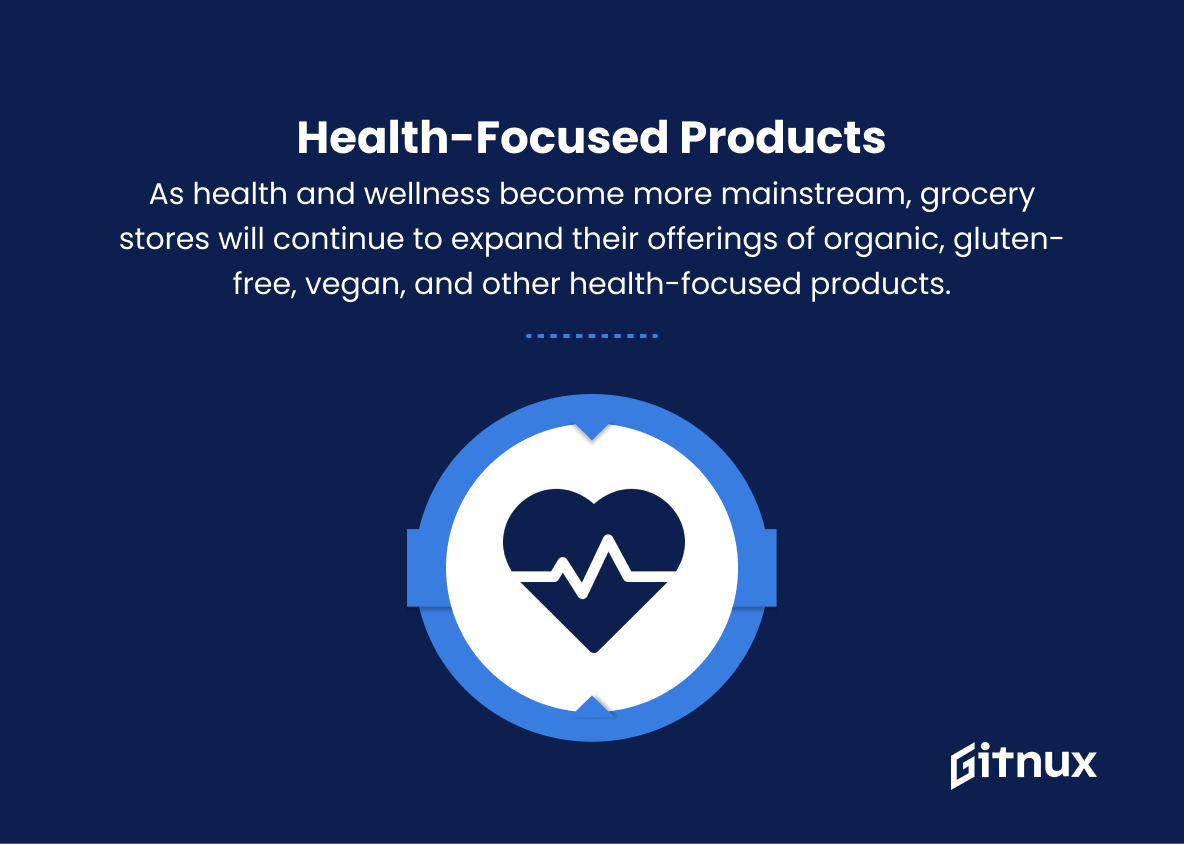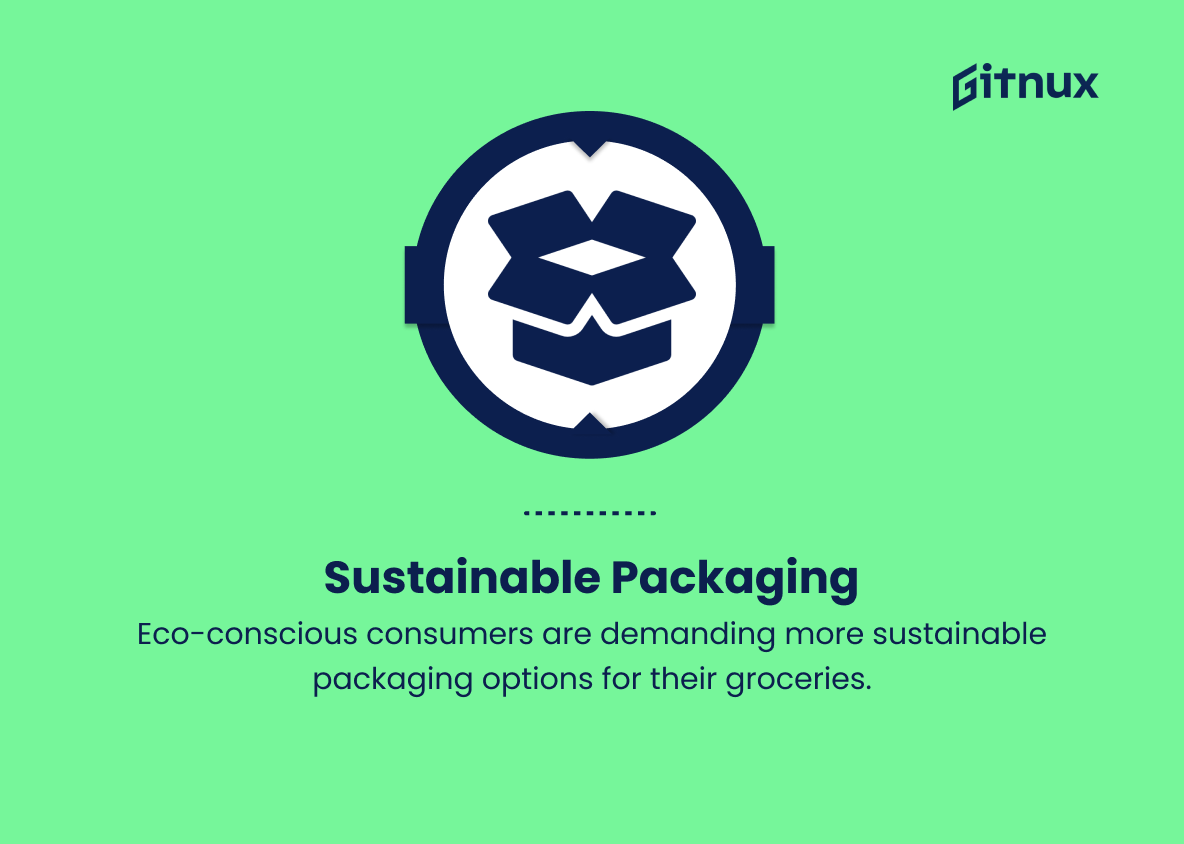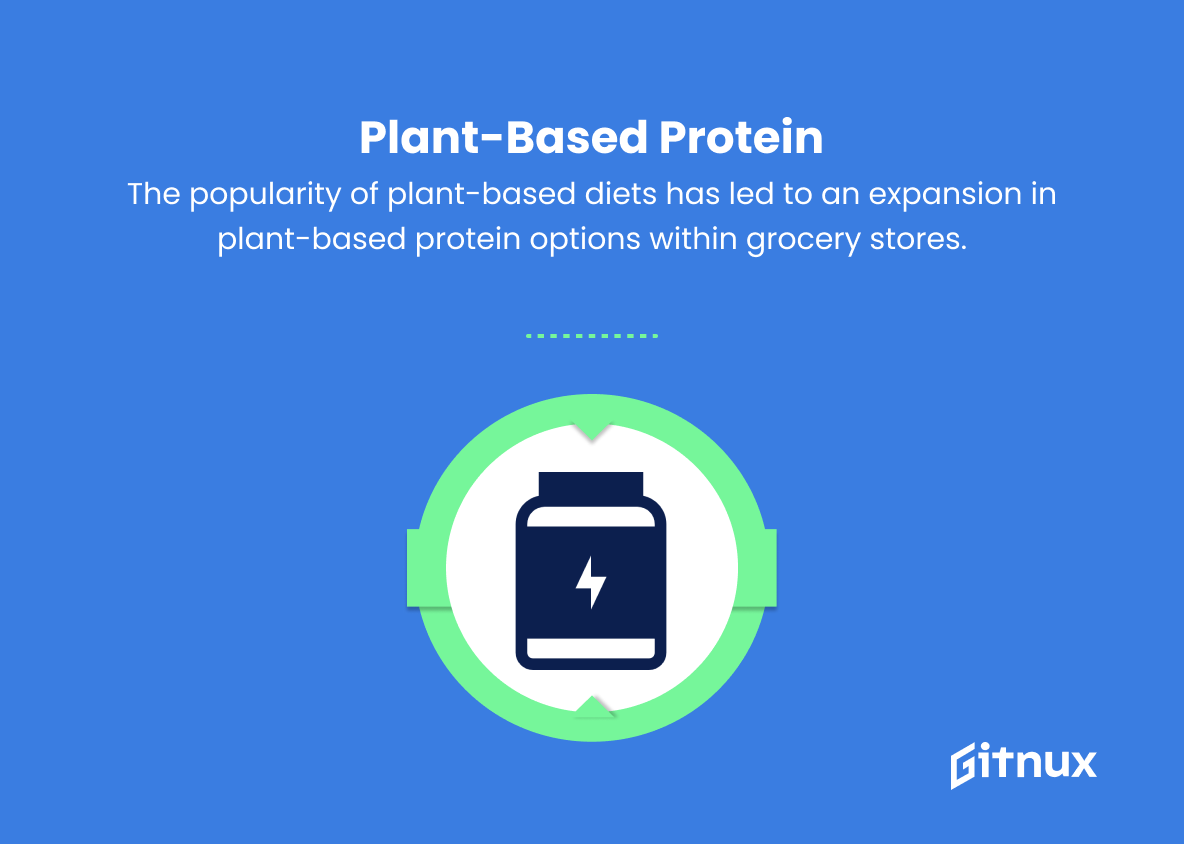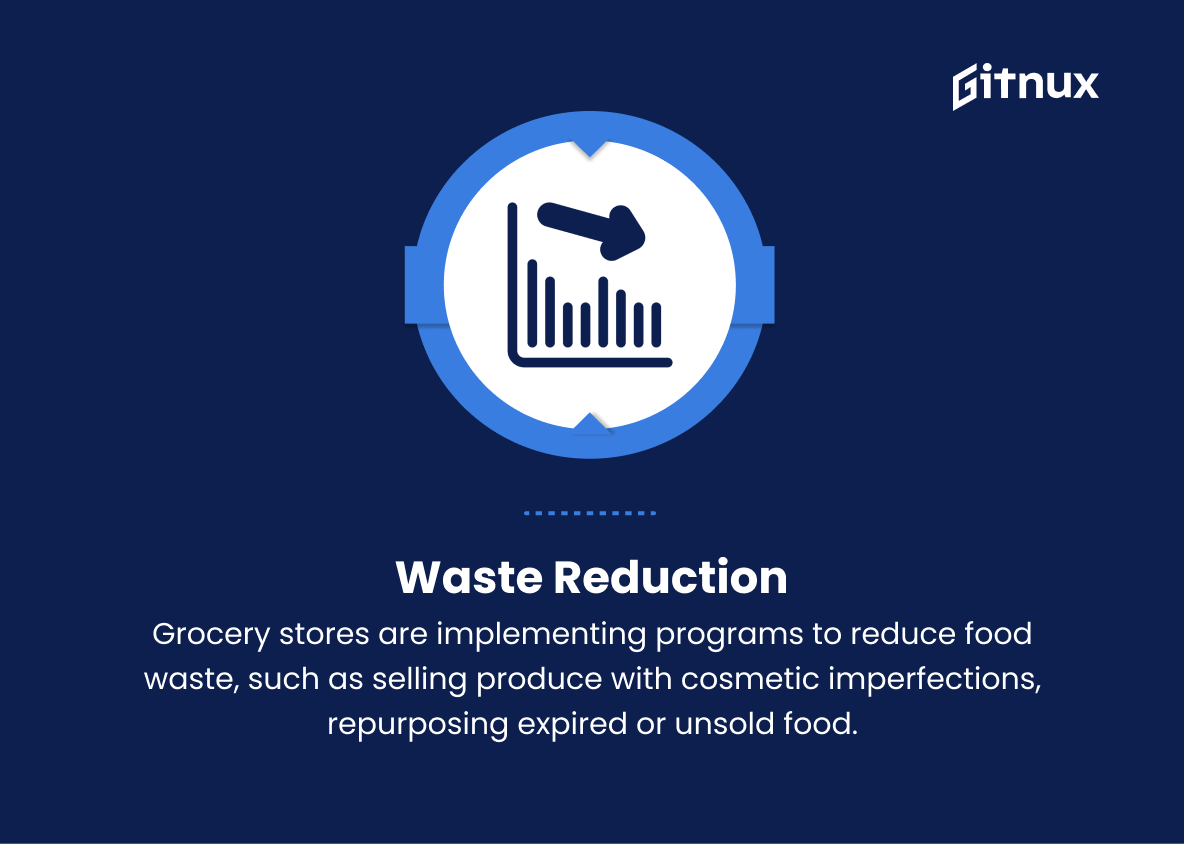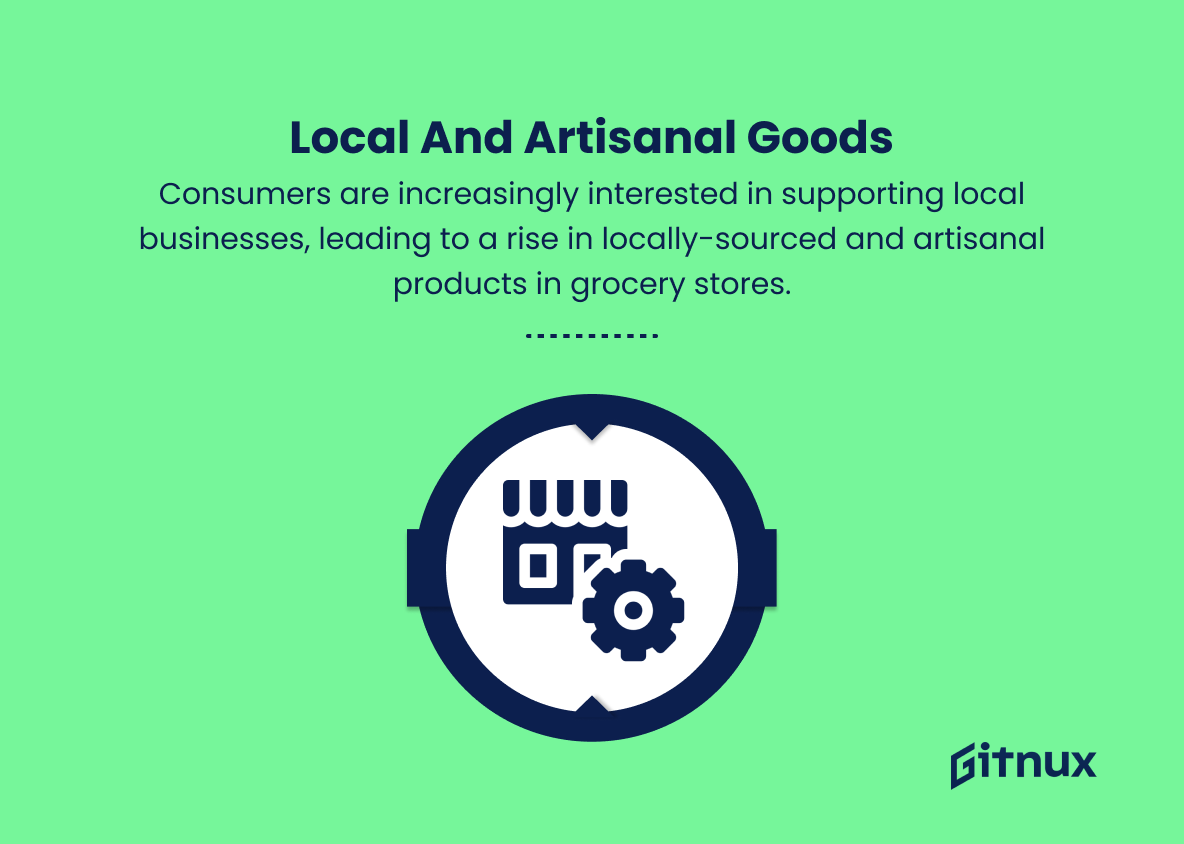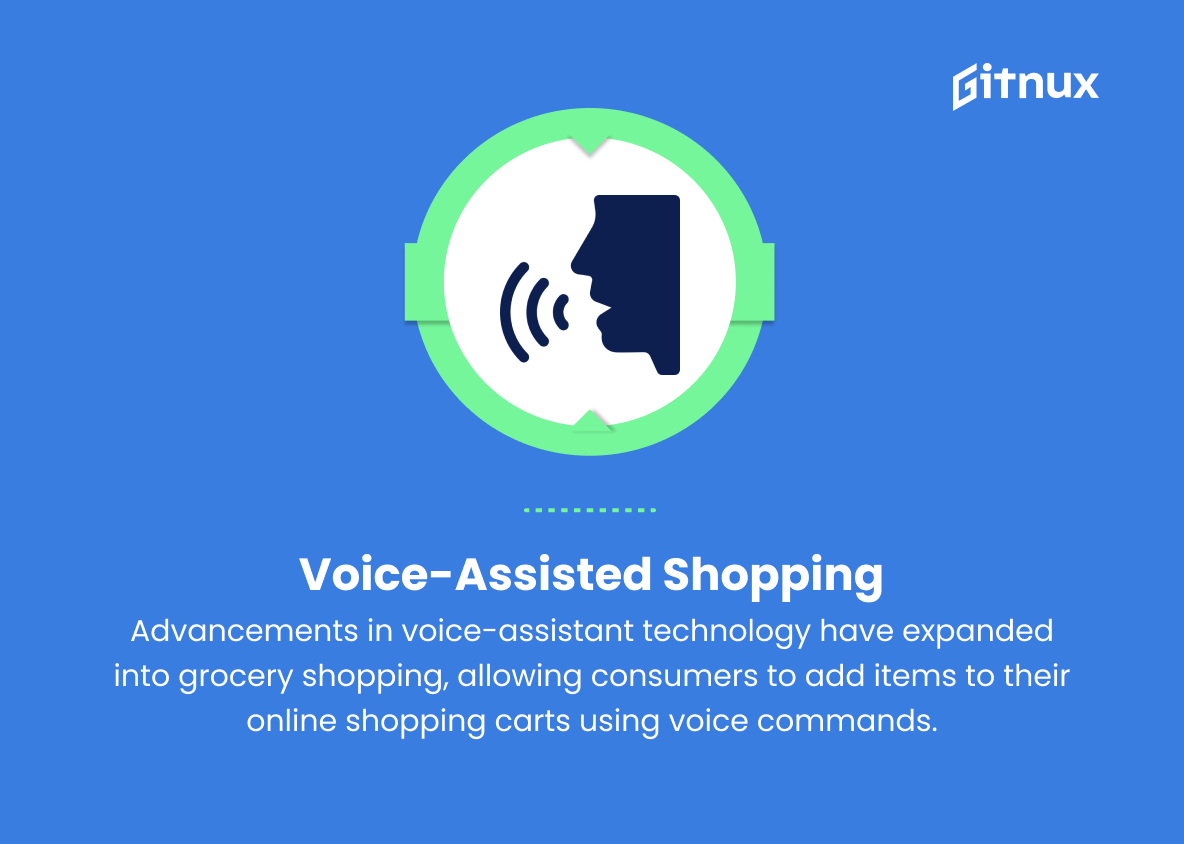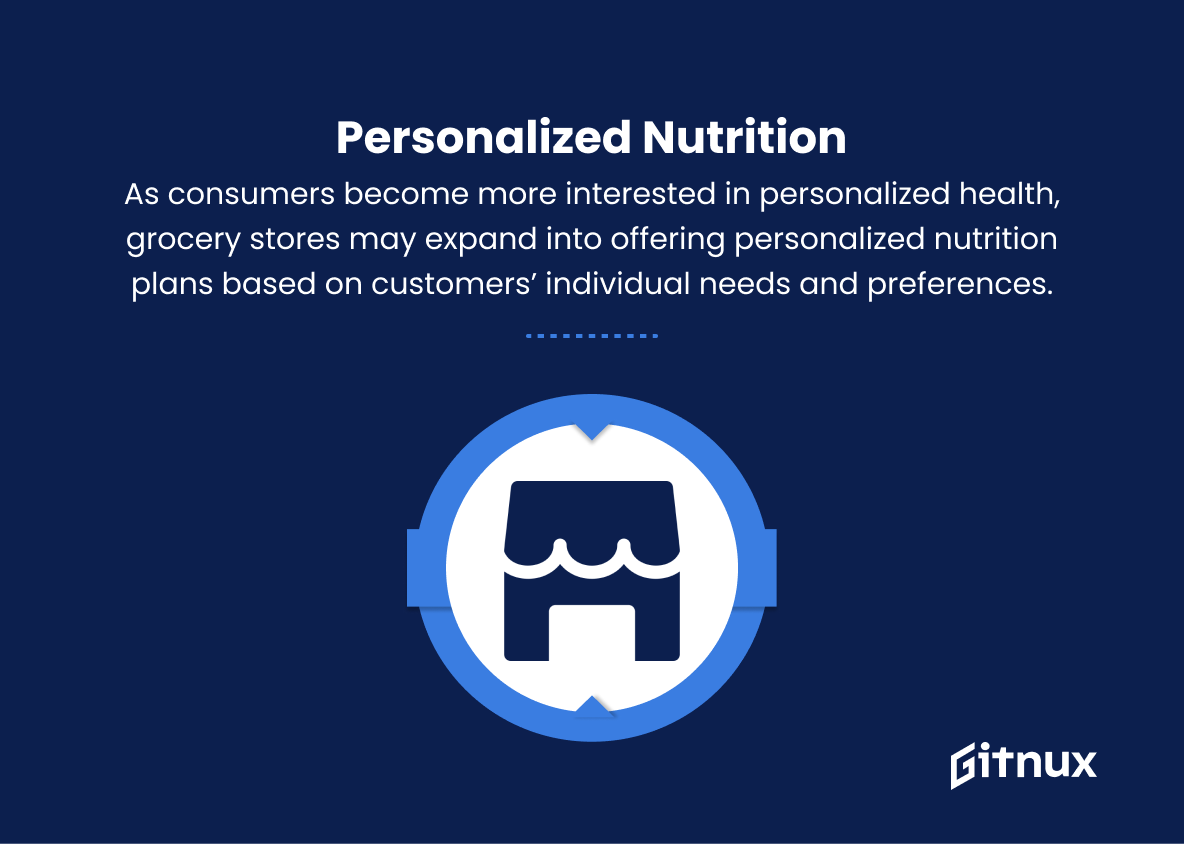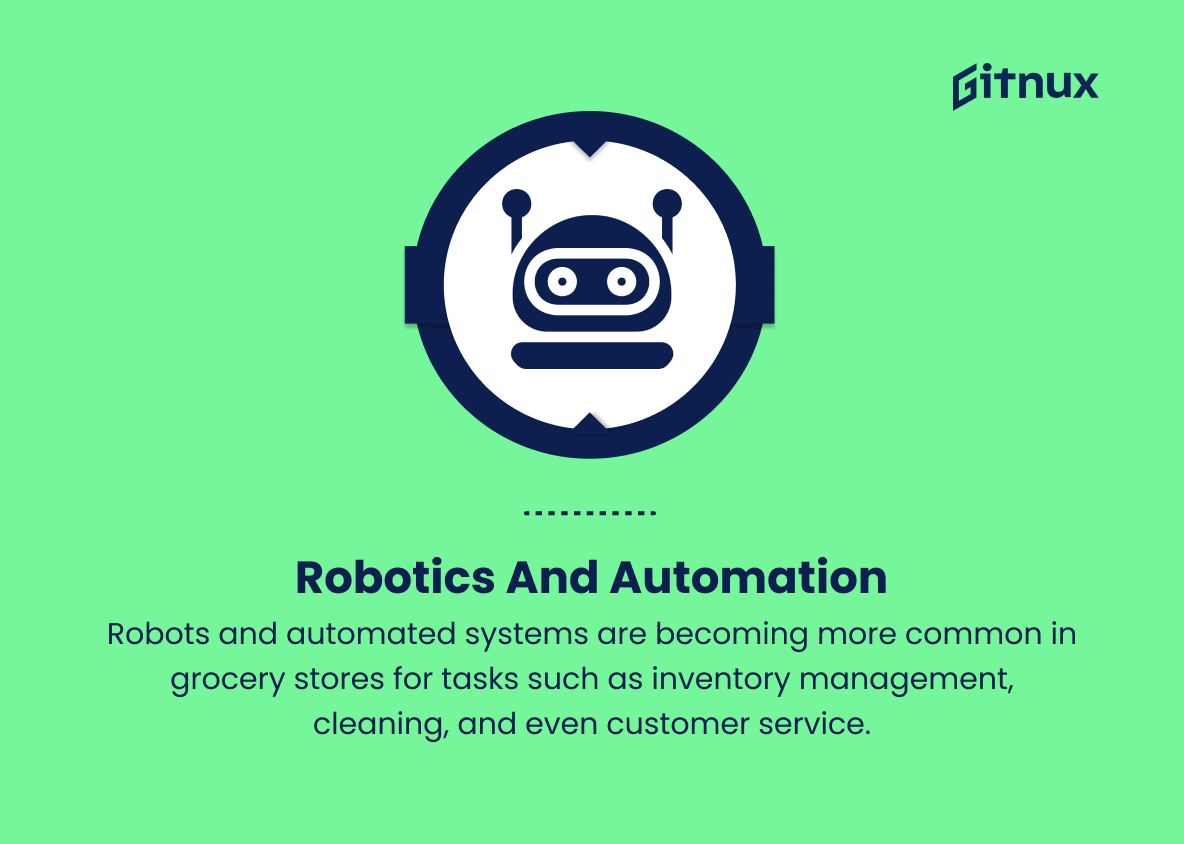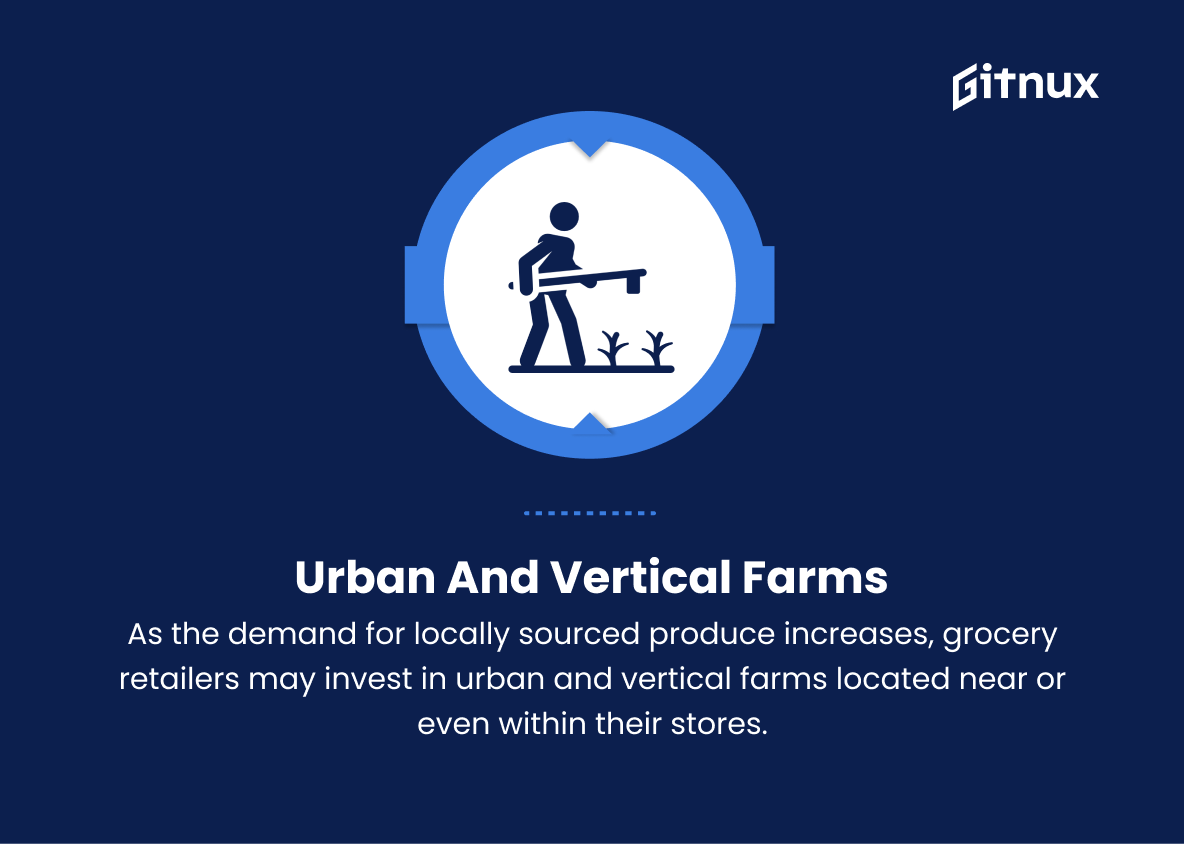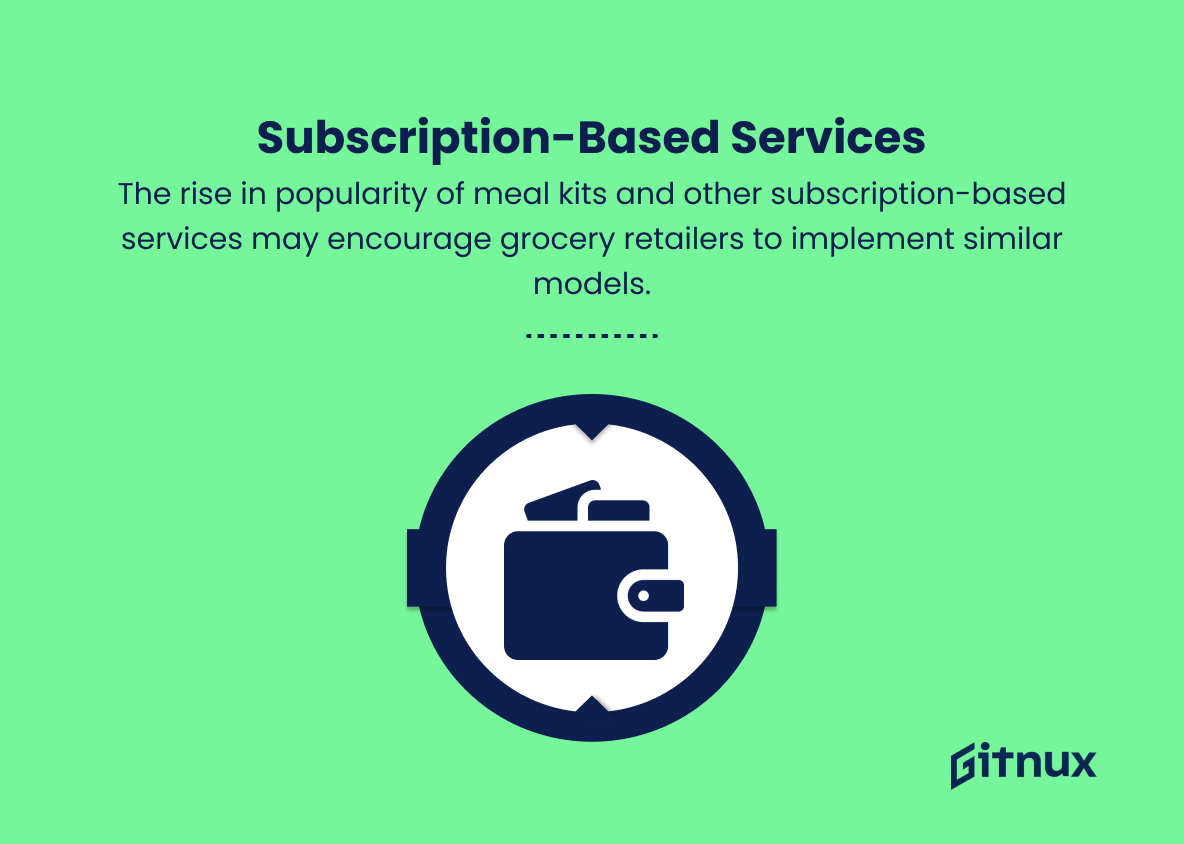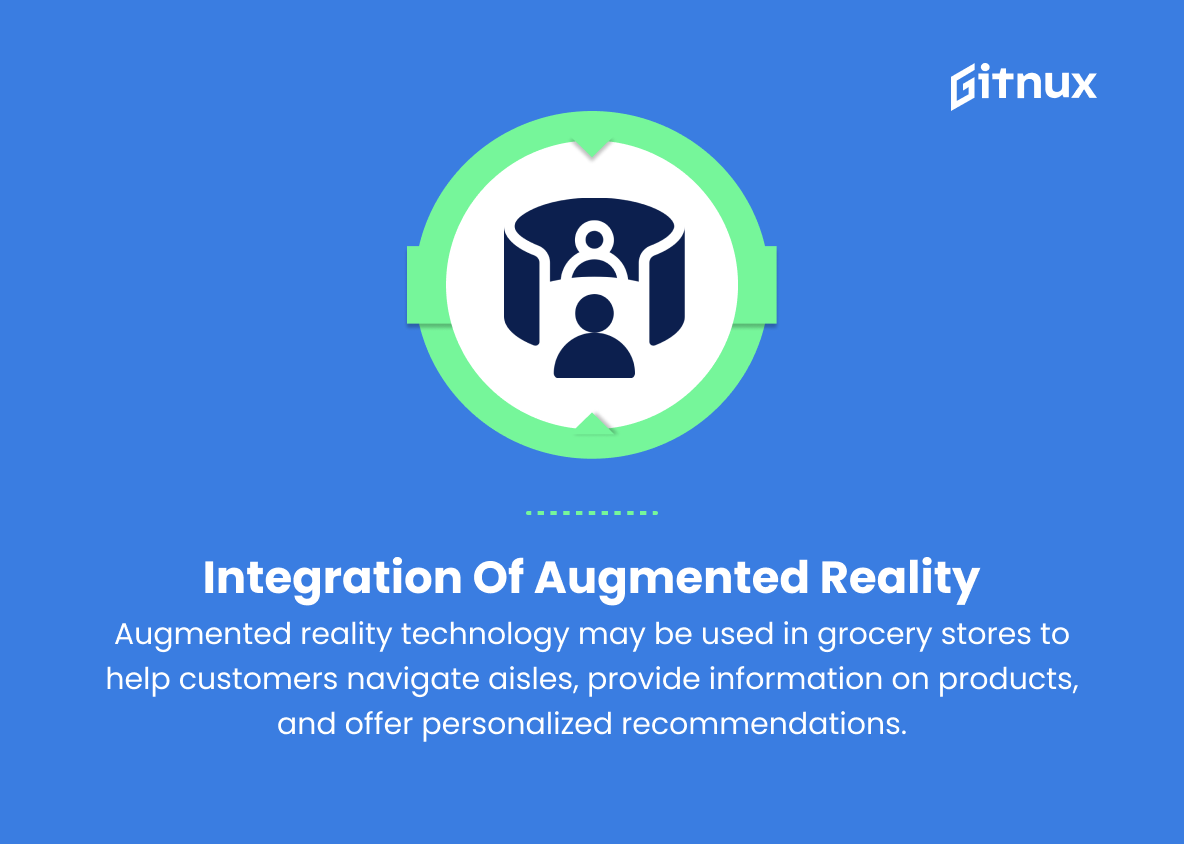As the world evolves and consumers adapt to shifting lifestyles, the grocery industry is witnessing a remarkable transformation in the way people shop for their daily necessities. Today’s savvy shoppers are relentlessly seeking healthier, fresher, and more convenient products.
In this blog post, we delve deep into the latest grocery trends that are revolutionizing the shopping experience, while helping retailers stay ahead of the curve by listening to their customers’ evolving preferences. Sit back, grab a cup of tea, and join us as we explore the world of grocery trends impacting not just the store shelves, but our lives in remarkable ways.
Top Grocery Trends
1. Online shopping and home delivery
As more consumers prioritize convenience, online shopping and home delivery options for groceries have become increasingly popular.
2. Click and collect
Customers can order their groceries online and then pick them up in-store, further streamlining the shopping experience.
3. Contactless payment
With the rise of digital wallets and payment apps, more consumers are opting for contactless payment methods, increasing the speed and efficiency of checkout.
4. Health-focused products
As health and wellness become more mainstream, grocery stores will continue to expand their offerings of organic, gluten-free, vegan, and other health-focused products.
5. Sustainable packaging
Eco-conscious consumers are demanding more sustainable packaging options for their groceries, leading to the development of more environmentally friendly materials and packaging designs.
6. Plant-based protein
The popularity of plant-based diets has led to an expansion in plant-based protein options within grocery stores.
7. Waste reduction
Grocery stores are implementing programs to reduce food waste, such as selling produce with cosmetic imperfections, repurposing expired or unsold food, and offering bulk food sections for customers to buy only what they need.
8. Local and artisanal goods
Consumers are increasingly interested in supporting local businesses, leading to a rise in locally-sourced and artisanal products in grocery stores.
9. Voice-assisted shopping
Advancements in voice-assistant technology have expanded into grocery shopping, allowing consumers to add items to their online shopping carts using voice commands.
10. Personalized nutrition
As consumers become more interested in personalized health, grocery stores may expand into offering personalized nutrition plans based on customers’ individual needs and preferences.
11. Robotics and automation
Robots and automated systems are becoming more common in grocery stores for tasks such as inventory management, cleaning, and even customer service.
12. In-store experiences
Grocery stores are creating experiential destinations by offering in-store dining options, cooking classes, and other interactive experiences to attract shoppers.
13. Urban and vertical farms
As the demand for locally sourced produce increases, grocery retailers may invest in urban and vertical farms located near or even within their stores.
14. Subscription-based services
The rise in popularity of meal kits and other subscription-based services may encourage grocery retailers to implement similar models.
15. Integration of augmented reality
Augmented reality technology may be used in grocery stores to help customers navigate aisles, provide information on products, and offer personalized recommendations.
16. Health and wellness services
Grocery stores may expand their offerings to include health and wellness services such as dietitian consultations, fitness classes, and even in-store yoga sessions.
17. Ethical and transparent supply chains
As consumers become more concerned about the ethics of their food, grocery stores will increasingly prioritize transparency in their supply chains and sourcing practices.
18. Smaller and convenience-focused formats
As urbanization increases, grocery retailers may create smaller, convenience-focused stores to cater to the fast-paced lives of consumers in densely populated areas.
19. Data-driven personalization
Using customer data, grocery retailers may develop personalized promotions, product recommendations, and shopping experiences.
20. Expansion into non-food products
Grocery stores may continue to expand their offerings to include non-food products like household items, beauty products, and wellness supplies.
Implications
The future of grocery shopping is increasingly driven by technology, convenience, and consumer demand for health-focused and sustainable products. As more individuals prioritize online shopping and home delivery, trends like click-and-collect services, contactless payment methods, and voice-assisted shopping will streamline the experience, catering to the fast-paced lives of urban consumers. Health and wellness trends will result in a range of specialized and personalized products, such as plant-based proteins, ethical supply chains, and personalized nutrition plans.
Simultaneously, sustainable packaging and waste reduction programs will help address environmental concerns. In-store experiences, like cooking classes or even health services, will entice customers, while subscription-based services and data-driven personalization will help retain them. Robotics and automation, alongside innovations in urban farming, will transform the way groceries are managed and sourced. Finally, grocery stores will expand beyond food to encompass household items, beauty products, and wellness supplies, reflecting evolving customer preferences and the need for convenience.
Conclusion
In conclusion, it’s evident that the grocery landscape is rapidly changing in response to technological advancements, shifting consumer preferences, and growing environmental concerns. In order to stay relevant, traditional grocery retailers must innovate and adapt to these emerging trends by embracing e-commerce and personalization, increasing sustainability efforts, and catering to diverse dietary needs.
By doing so, they will ensure that they meet the demands of their customers, create better shopping experiences, and ultimately contribute to the growth of the industry as a whole. As consumers continue to evolve, so too must the grocery stores that serve them, and it’s exciting to see what’s next in the world of grocery trends.
